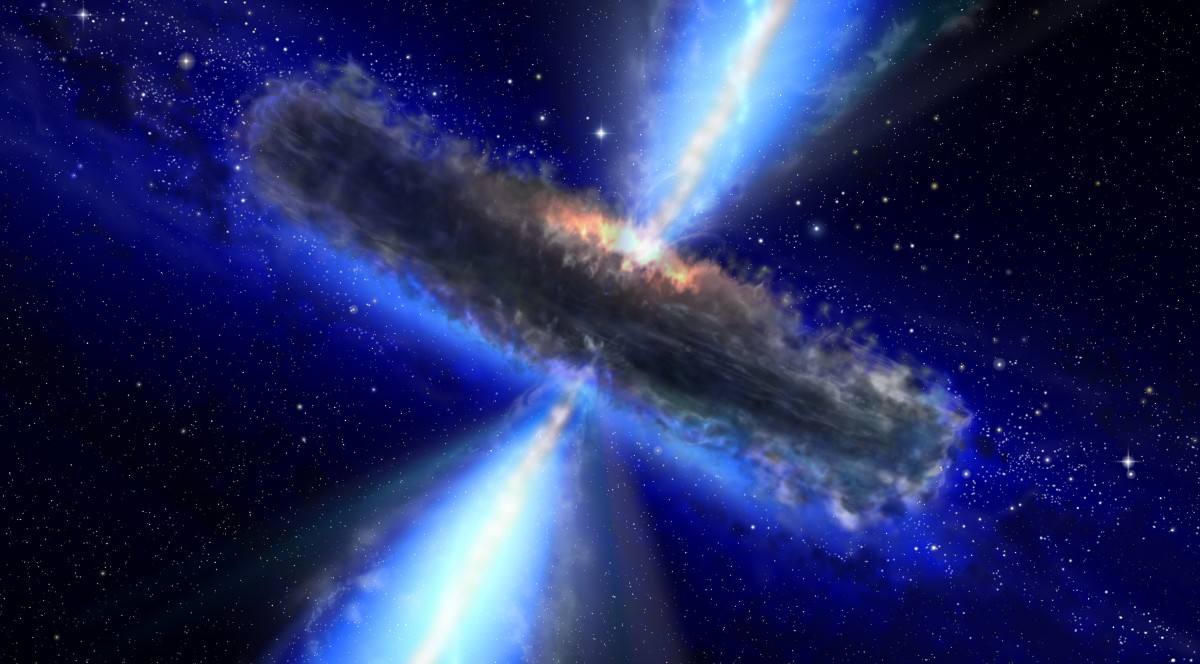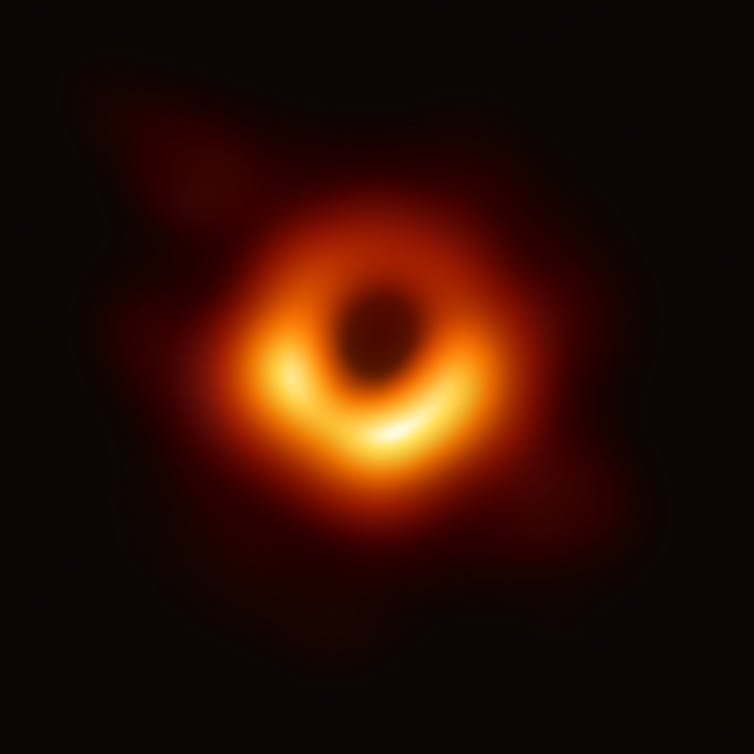The age-old question of what came first, the galaxy or its monster black hole has intrigued many. New research suggests that supermassive black holes could have existed during the first 50 million years of the universe, challenging previous assumptions. This could potentially revolutionize our understanding of how galaxies form and evolve. According to Joseph Silk, a professor at Johns Hopkins University, these black holes acted as “building blocks or seeds for early galaxies,” accelerating star formation and impacting their evolution.
The James Webb Space Telescope (JWST) has observed brighter and more star-populated galaxies than expected, leading to the conclusion that black hole outflows crushed gas clouds, enhancing the rate of star formation. This challenges the existing theories that suggest black holes formed after the first stars and galaxies emerged. Instead, the new findings indicate that black holes and galaxies coexisted and influenced each other as early as 100 million years after the Big Bang.
The immense gravitational pull of black holes means that nothing, not even light, can escape beyond their event horizon. Black holes actively feeding on matter can power active galactic nuclei, outshining the light of entire galaxies. The JWST’s ability to observe bright early galaxies is attributed to the violent winds or jets generated by black holes. These winds crush nearby gas clouds, triggering rapid star formation, explaining the unexpected brightness of early galaxies.
The research suggests that the early universe had two distinct phases. During the first phase, high-speed outflows from black holes accelerated star formation, followed by a second phase where intense magnetic storms caused by supermassive black holes forced massive gas clouds to collapse, leading to rapid star formation. Subsequently, massive outflows from black holes cut off the gas supply, stymying star formation.
The team believes that future JWST data can provide more accurate early star and supermassive black hole counts, confirming the new theory. They also anticipate that the space telescope could address fundamental questions related to our origins, bridging the gap between the sun and the massive black hole at the center of our Milky Way galaxy.
The team’s research, published in January in the Astrophysical Journal Letters, presents a compelling case that challenges existing theories about the early universe.
Did monster black holes or galaxies come first? The James Webb Space Telescope may have a surprise answer













